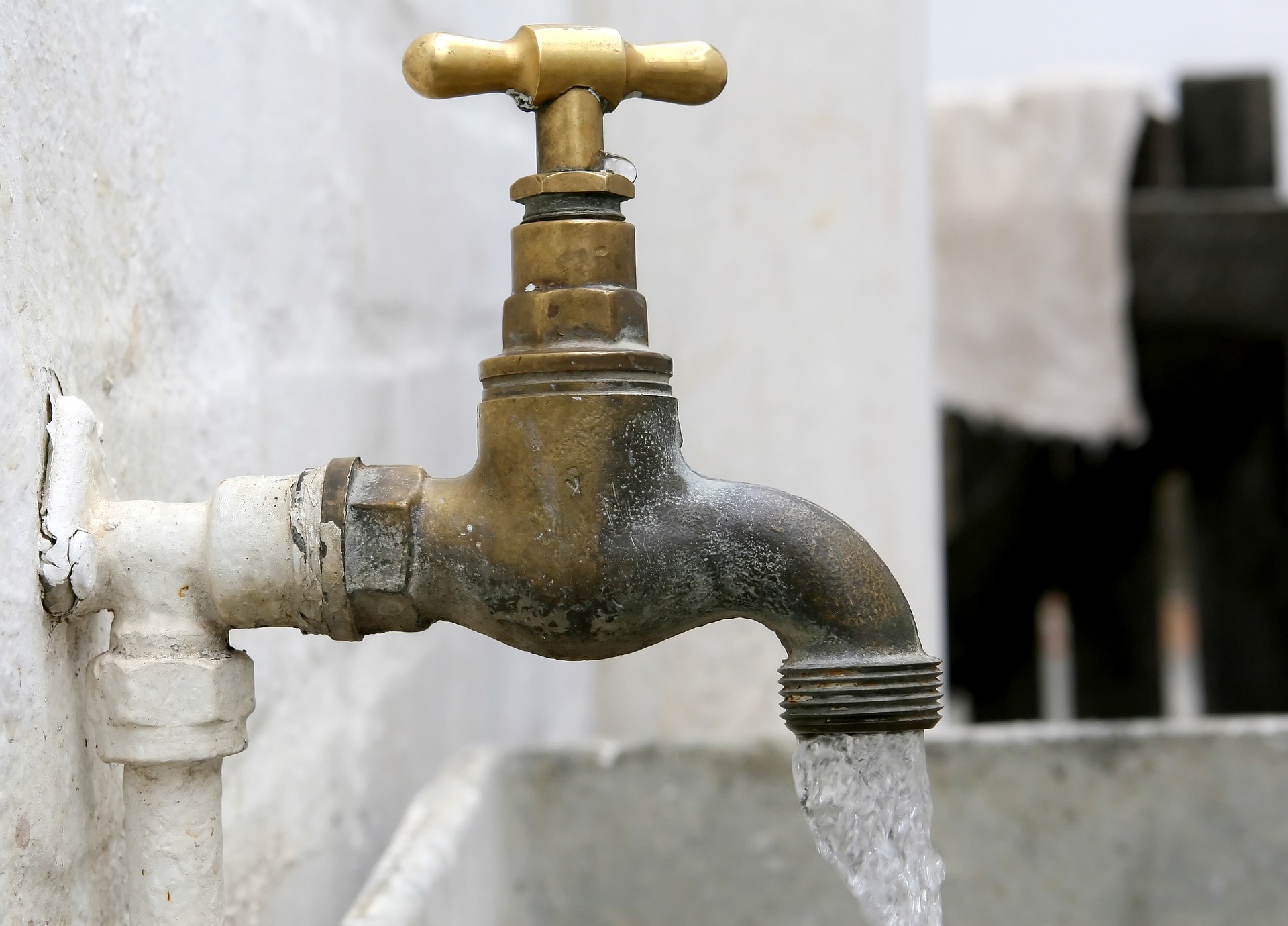The CIPP Process: How does it work?

The CIPP process can be confusing to homeowners. The prospect of trenchless pipe repair sounds too good to be true. How does the CIPP repair process take a broken pipe and turn it into something stable and useful? It all starts with the assessing the damage.
Assess your pipe
CIPP is great for repairing many kinds of pipe problems. The CIPP process means that commonly recurring problems like roots breaking into pipes can be stopped once and for all. First, however, the pipes have to be assessed. This can be done with a small camera. It makes sure that the pipe hasn’t totally collapsed. The CIPP process works to reline pipes, so the pipe can’t be completely destroyed before the process begins.
Gather the materials
Once the pipe is shown to be a good candidate for CIPP, your CIPP team will gather the right materials. This includes finding a woven pipe liner of the right diameter and thickness. Each pipe size needs its own liner size for the best results. Many pipes have standard sizing. If your pipe needs a specialty size, your CIPP repair team will have to order it. In either event, the repair process can begin once all the materials are gathered.
Place the liner
Once the right materials are brought together your CIPP liner is soaked in resin. Once that’s done the liner is threaded through the section of pipe that needs to be relined. The liner is checked to be sure that it’s in place and properly aligned. Hot air is blown through the pipe. This keeps your liner in place, giving the new liner a good shape and preventing collapse.
Cure the resin
Hot air is kept in circulation through your new pipe. The resin that coated the flexible, woven pipe liner slowly hardens into a plastic pipe inside of the original pipe. The length of the cure depends on a number of factors. The ambient temperature plays a role. The thicker and larger the pipe, the longer the cure time will be. On average, the cure length could run as little as several hours or as long as several days. During the curing process the pipe will be checked at regular intervals to ensure that it’s drying properly.
The pipe that’s being relined cannot be used for the duration of the CIPP repair process. Any water flow has to be diverted around the pipe. This is because CIPP resin does contain some chemicals that are considered environmentally unfriendly. While it has not been proven that they cause harm, the concern for the environment is great enough that the pipe cannot be used until the resin is dry. Once that happens, it can be used regularly without concern.
Minimal cleanup
One of the best things about CIPP is the minimal cleanup required. If your team had to create an access point, that area will need to be tended to. Otherwise, your CIPP pipe will be ready to go.
The CIPP repair process is straightforward. Despite sounding like a fairy tale, trenchless pipe repair is a reality. From assessing the damage to your pipes to cleaning up the end, the CIPP process unfolds smoothly.